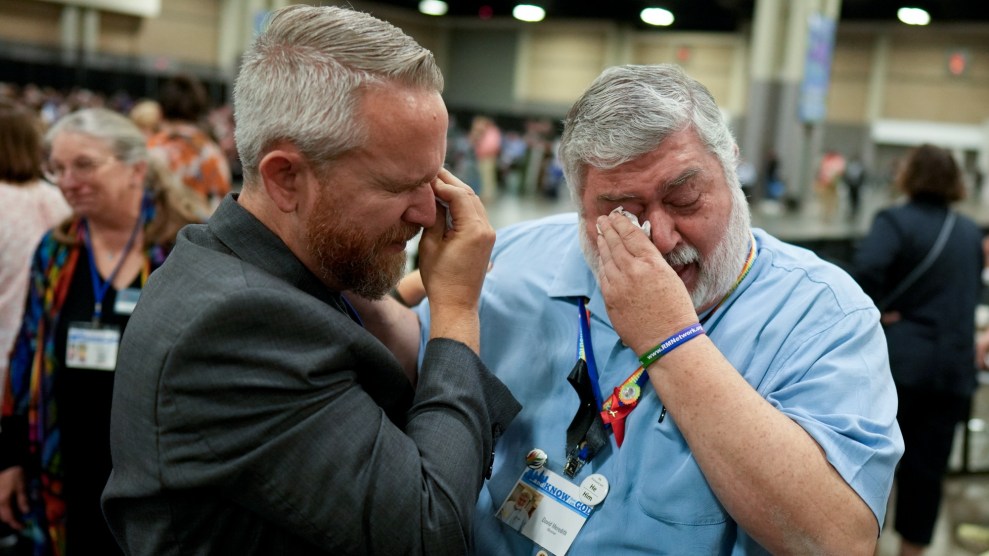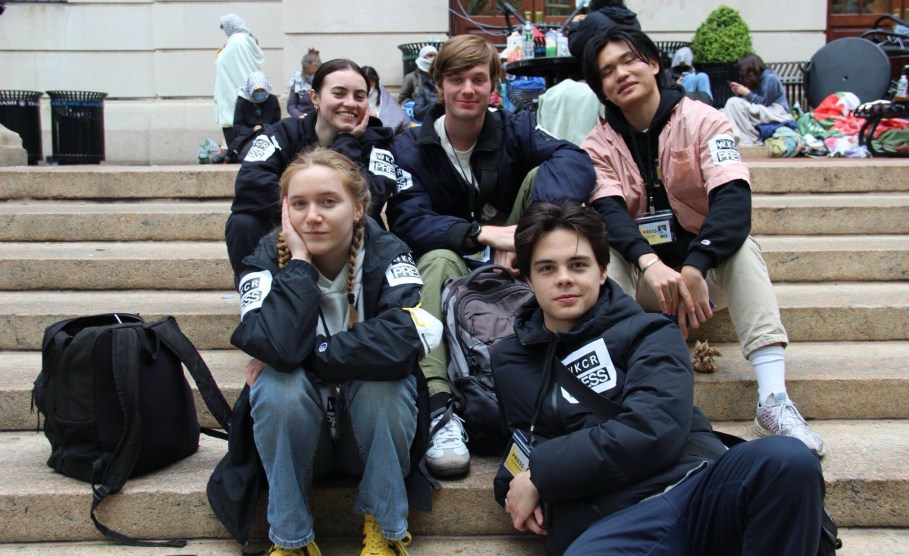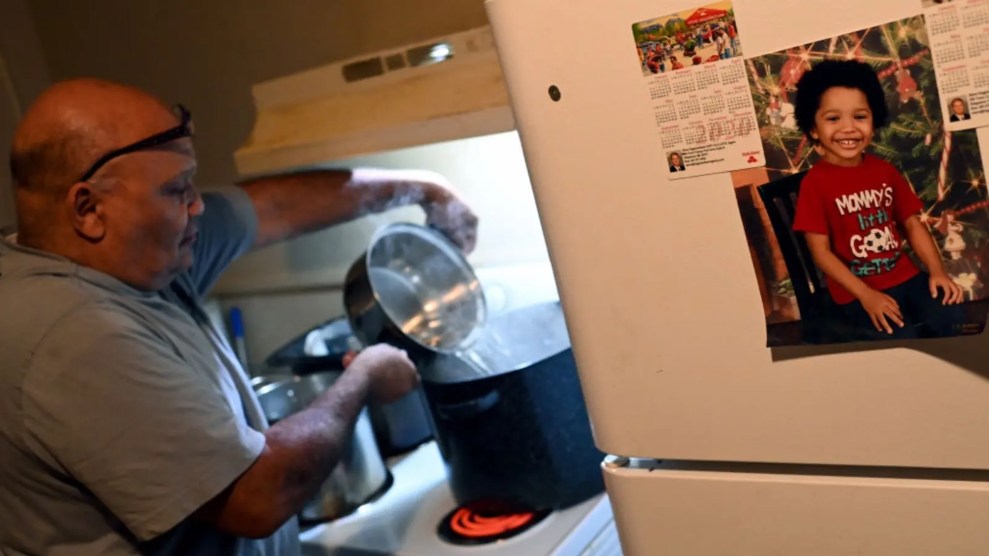Nate Silver predicts how the argument over banking reform will play out:
From a 30,000-foot view, the debate will be between the Volckerists and the Summersists, with the Volckerists arguing that large financial institutions need to be broken up — probably through something resembling a modern Glass-Steagall Act — and the Summersists arguing instead for more extensive regulations.
I don’t understand. Why do I have to choose? These aren’t mutually exclusive, after all. Tightly regulated small banks seem like the sector to have come through last year’s meltdown in the best shape.
 In any case, Yves Smith reminds us of the obvious: when the crisis hit last year, the pure investment banks fared pretty poorly:
In any case, Yves Smith reminds us of the obvious: when the crisis hit last year, the pure investment banks fared pretty poorly:
Remember, Morgan Stanley and Goldman, both pure investment banks as of last year, also nearly failed, and Merrill, Lehman, and Bear perished….The industry had already become so concentrated (and levered) that it had become more failure prone. So merely separating commercial banking and investment banking is not sufficient; you have to do something about the risk taking of capital market players.
….And the elephant in the room is derivatives. The big players have massive OTC derivatives exposures. You need a really big balance sheet to provide OTC derivatives cost effectively….The books are large, and most exposures are hedged dynamically.
There are lots of regulations I’d like to see implemented, but if I had a choice I think I’d trade every single one of them for a comprehensive set of restrictions on leverage. Stronger capital adequacy standards might do part of the trick, but what I’d really like to see is some kind of flat, systemwide restriction on the amount of borrowed money (as well as the tenor of the borrowing) that both individuals and institutions are allowed to apply to asset purchases.
The credit bubble of the past eight years could never have taken off if it weren’t for the huge chain of increased leverage at every step along the way. At the individual level, mortgage loans were geared up when down payments went from 20% to 10% to 3% to zero. The loans were then securitized and sold off so they didn’t count against bank capital requirements. The loan securities were turned into CDOs that got more complex over time and hid ever more stupendous amounts of built-in leverage. The super-senior tranches were insured via AAA credit default swaps and moved off the balance sheet entirely. And all that came on top of loosened capital adequacy requirements from the FDIC and the Fed. (Basel II had the same effect in Europe.)
When you multiply it all out, how much did leverage increase throughout the financial system over the past decade? I’m not sure anyone has any idea. But without it, the mortgage market doesn’t take off, the derivative market doesn’t take off, and in 2008 the banking system suffers only a minor flesh wound when a small regional housing bubble bursts.
I’m happy to be corrected on this point, but I’m pretty sure that, even combined, all the other financial pathologies we’ve identified recently wouldn’t have caused more than a few hiccups if not for the massively increased application of leverage we experienced over the past ten years. That’s the key pathology, and if it’s rooted out and controlled everywhere and in every guise, we could probably skip most of the other stuff.
Unfortunately, it’s not really clear how to do this. Deleveraging from our current heights will take years even under the best circumstances, and leverage shows up in so many different forms than I’m not sure how you can write rules broad enough to keep it under control. And God knows, since leverage is the common key to big paydays almost everywhere, serious rules to curb it would be bitterly opposed by every financial lobbyist in the country. But we should at least try. A decade after the collapse of LTCM and a year after the collapse of the planet, we should have learned at least that much.

















